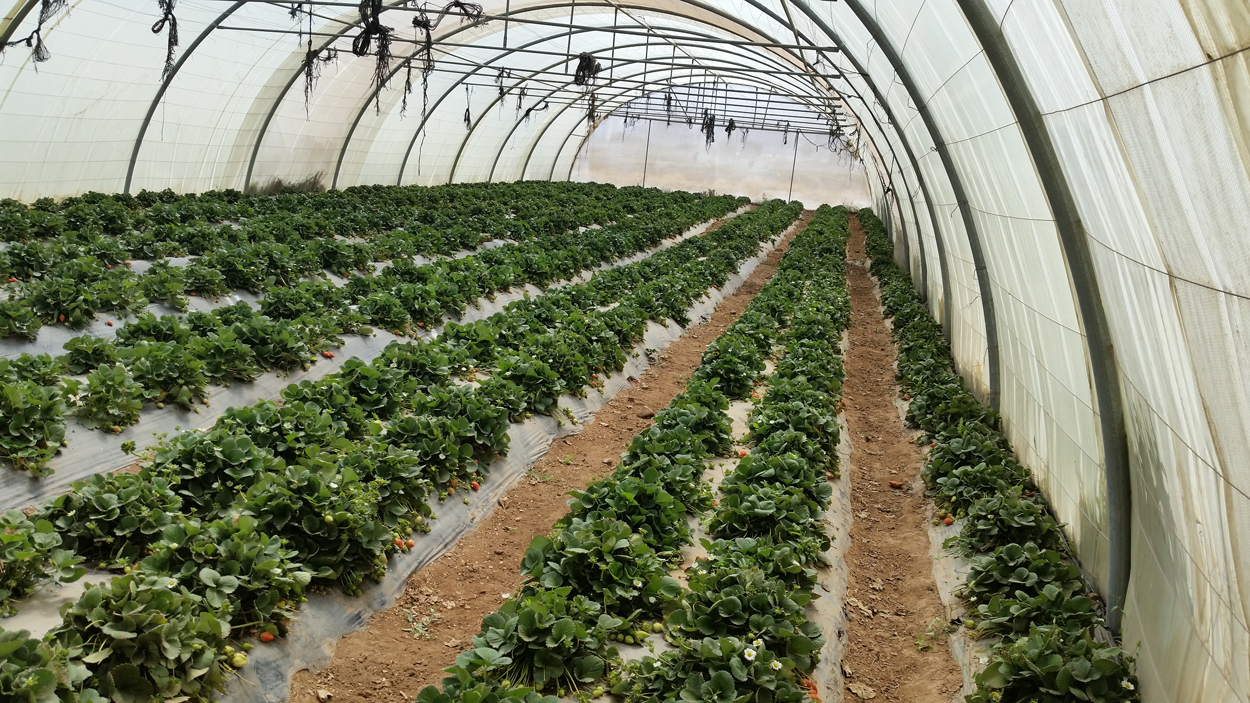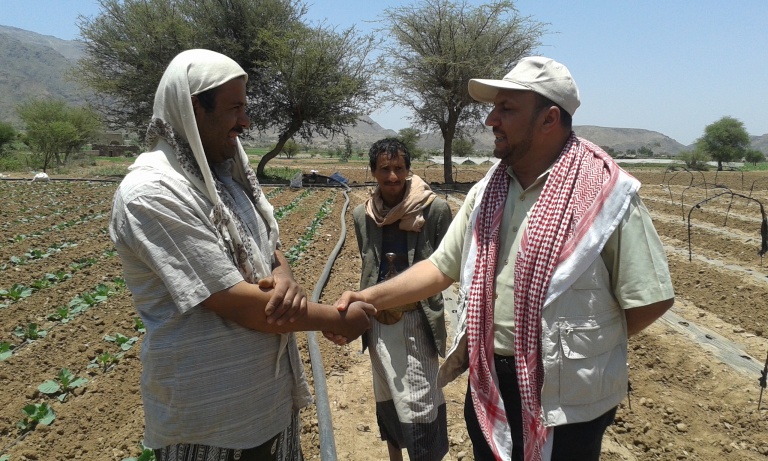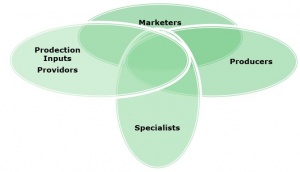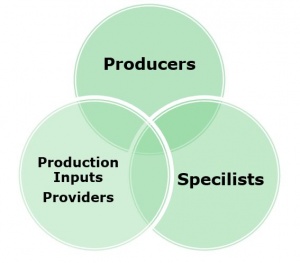Linking Emergency & Development in Livelihood Projects

23 years are the number of years I have worked in the field of development. It is so many years without a doubt and I do not regret spending all these years in that field that I am still working on till now. I have also worked in the field of emergency for more than 7 years and 6 years in the private sector.
All the experiences I have undertaken have led me to start my work with Small and Micro Enterprise Promotion Services (SMEPS) which is a subsidiary of the Social Fund for Development (SFD) at the end of 2016 as the Director of the Emergency Resilience Grants Project in Agriculture sector in the first phase and in the three sectors of Agriculture, Livestock and Fish in the second phase of the project that is funded by the World Bank I realized an important thing. I have found a fantastic team in the project with an open and innovative Executive directorate that has been very supportive and encouraging.

We considered implementing the emergency project in accordance with the bases of sustainable development. It is true that the beginning was difficult, especially when working with a group of people with different backgrounds and ways of thinking, in addition to the emergency situation the country is going through, which has complicated things, but we overcome all the challenges and succeeded. How?
In the coming lines you will find the answer!
We first thought about how we can work more effectively and have a long-term impact. We found the organizations who help in food security projects (especially livelihood projects), the organizations that distributed money in cash did not plan it right because the beneficiaries end up spending that money on non-project goals as a result of prioritizing their priorities differently. The organizations that distributed a package of materials tools such as seeds, fertilizers and agricultural tools (for farmers as an example) got the same result, if not worse, because many beneficiaries sold this subsidy at low prices, adversely affecting farmers’ market supply traders and the farmers themselves.
We found that the main players in food production (in the three main sectors of agriculture, livestock and fish) are producers (farmers, animal breeders and fishers), specialists (agricultural, and animal production engineers, and fish specialists), supply chain traders and product marketers as shown in the figure:

Therefore, we have targeted the households of vegetable farmers, fishermen and livestock breeders through the formation of voluntary community committees that assist in the identification of beneficiaries and the implementation of project activities at the level of each target district. (Where the beneficiary must be enabled and leave the options open to him and not force him to follow the mandatory path determined by SMEPS.. It is our priority to empower beneficiaries and involve them in the process of sustainable development).
After the formation of the community committees, we hired specialists for each sector and for one season to supervise 15-25 beneficiaries. The specialists start by instructing the beneficiaries to learn how to write a good plan with the bill of quantities and then send them to the project management for review and approval. Three traders, then collected at least three price quotations for production inputs of modern technology, then analyzed the offers “financially and technically” and choose the best with the reason for the choice. And then send it to the project management for approval. Then comes the role of receipt of supplies with a forward invoice and start the production process and send the invoice with the check and receipt and start production minutes signed by the beneficiary and specialist supervisor to the project management to release the amount to the beneficiary who receives the amount to pay the provider to rebuild confidence between them. The specialist will continue to supervise until the end of the season, where a field day will be held to compare the results.
Through this project we were able to link the state of emergency and development after we adopted this method.
The results were as follows:
Providing and restoring livelihoods to rural households in the three sectors (agriculture, livestock and fisheries).
Reducing the cost of production.
Improve production in quality and quantity.
Contribute to alleviating the effects of poverty and war.
Contribute to food security.
Expanding the use of modern technology by the project’s target audience and imitating their neighbors.
Create jobs for workers and specialists.
Rebuilding trust between beneficiaries and supply traders. In the three sectors.
Link and build confidence between specialists and producers.
Link and build confidence between specialists and supply traders.
Promote good supplies.
Dissemination of modern techniques in production.
Creating new rural markets for production inputs.
Training and organizing producers, specialists and service providers.
Contributing to changing the behavior of some institutions.
What we have encountered and have not been able to achieve so far is to connect the fourth player (product marketers) to the rest of the players. It is the next challenge for us and we are in constant negotiation with donors to support our move.
We have successfully linked the three main players (producers, specialists, and production inputs providers) as shown in the figure below:
